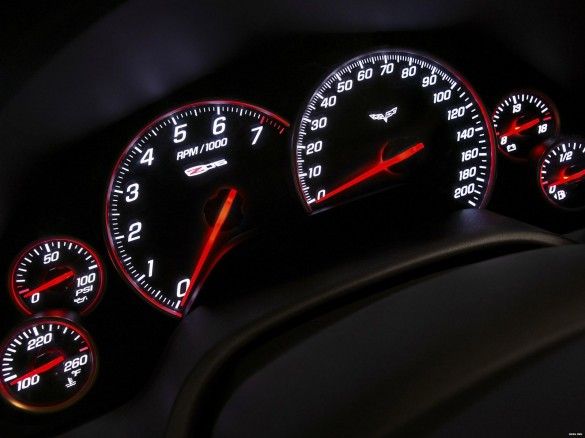Your Vehicle Deduction: Standard Mileage or Actual Expenses?

Telling Tips is a series of articles from local experts to help you save money, make better decisions and plan for a better future.
If you use your vehicle for work, are you entitled to deduct the costs? Yes, but there are some rules to secure your deduction.
Overview:
Auto expenses are deductible whether you own or lease a vehicle, and use it for business. Business use includes deliveries to customers, traveling to business meetings, and trips to the office supply store. However, commuting to or from the office is not deductible, even if you’re on your hands-free phone discussing work.
The Rules:
There are two ways to calculate this deduction: Standard Mileage or Actual Costs. If you own the vehicle, and choose the standard mileage in the first year you use the vehicle for business, you can usually switch to the actual cost method in later years. If you choose the standard mileage, and your vehicle is leased, you are locked into that method for the term of the lease. With either, you need to know your percentage of business use of the vehicle.
What’s Deductible?
Using the actual cost method, deductible expenses include all of your vehicle related expenses such as gas, insurance, repairs and maintenance (oil, car washes, and tires, et cetera), vehicle fees and taxes, garage rent, and depreciation or lease payments. In the first year, you may also be able to claim extra depreciation if the car has a business use of at least 50 percent.
Using the standard mileage method: For 2011 the deduction is 51 cents per mile from January 1 through June 30, and 55.5 cents a mile from July 1 through December 31 (Note that among other restrictions, this method is not allowed if your vehicle is used ‘for hire,’ or, except for a lease, you do not own the car.)
Using either method, you can deduct the business portion of parking and tolls. Note that fees to park your car at your place of work are nondeductible commuting expenses. Also, if you are an employee, interest on a car loan is not deductible.
Mileage Categories:
Keep in mind that the categories are personal, commuting, and business:
- Personal use, which is not deductible, includes taking the kids to school, going to the grocery store, etc.
- Commuting includes going to and from work. Trips where you perform no service are considered commuting. This includes daily trips to the bank or post office.
- Business use includes temporary business stops during the day. However, from your home to your first business stop, and from your last business stop back to your home, is considered commuting, and therefore not deductible (If your principal place of business is your home, then all of your business trips are deductible.)
How To Determining Business Use Percentage:
There are actually four approved methods:
- The most common method: Record every business mile you drive for the year, and divide this by the total annual miles to get the business use percentage.
- A little-known short-cut: Record your business miles for a ‘typical’ 90-day period, and divide this by the total miles for this period. Use this percentage for the year.
- Another short-cut: Record your business mileage for the first week of each month, and divide this by the total miles for this period. Use this percentage for the year.
- A variation on number two: Record your starting and ending mileage for a 90-day period, record your personal and commuting miles for that period, subtract the two, and the balance should be for business. Use the business percentage for this period, and apply it for the whole year.
The Best Way: Actual Or Standard Mileage:
- From a substantiation viewpoint, the standard mileage allowance is easier to use, but it may not give you the larger deduction.
- The cost of the car may not make much of a difference, except for repairs, insurance, et cetera, because there are limits on the depreciation and special deductions. For the first few years, the depreciation for a car costing $16,000 will be the same as for one costing $100,000.
- However, if you lease the car, the deductible amount for an expensive car could be much higher.
- If you have an inexpensive car which gets high mileage, the standard mileage deduction might be better.
Want More Money?
If you deduct these expenses as an employee on your tax return, your reimbursement is not 100 percent; it is only at your tax bracket — maybe 10, 15, or 25 percent. The better way is let your employer reimburse you; it is then 100 percent.
Audit Point:
Keeping a daily mileage log is not enough. A mileage log simple notes the odometer reading. To substantiate the deduction, you need to show who you went to see, what was the purpose, where you went, when did you go, and why did you go (the business purpose).
For more details, check out the IRS Publication 463.
Have a good week — and drive safely.
Joseph Reisman, of Joseph S. Reisman & Associates, has been serving tax prep and business accounting expertise from his Coney Island Avenue office for more than 25 years. Check out the firm’s website.




